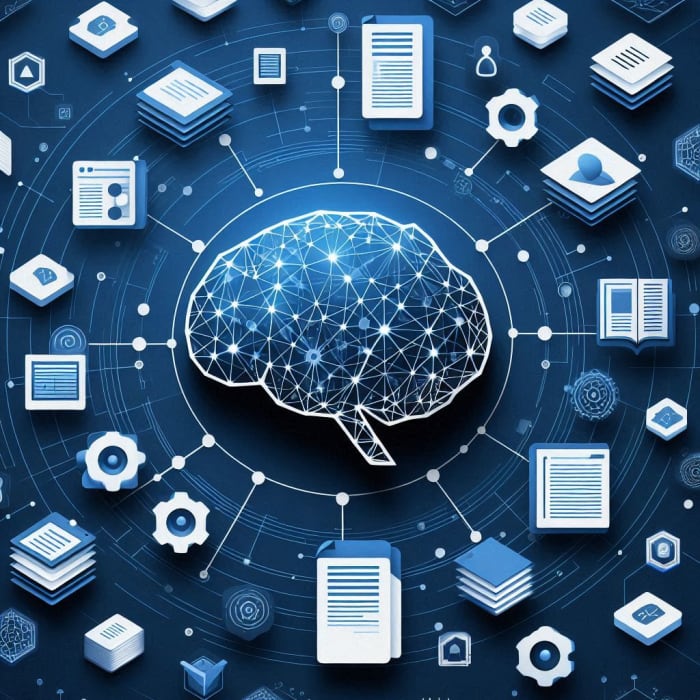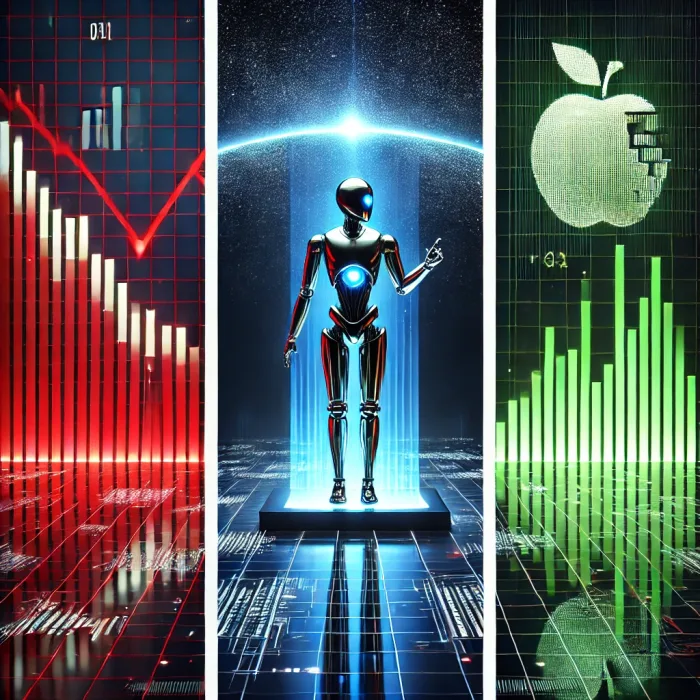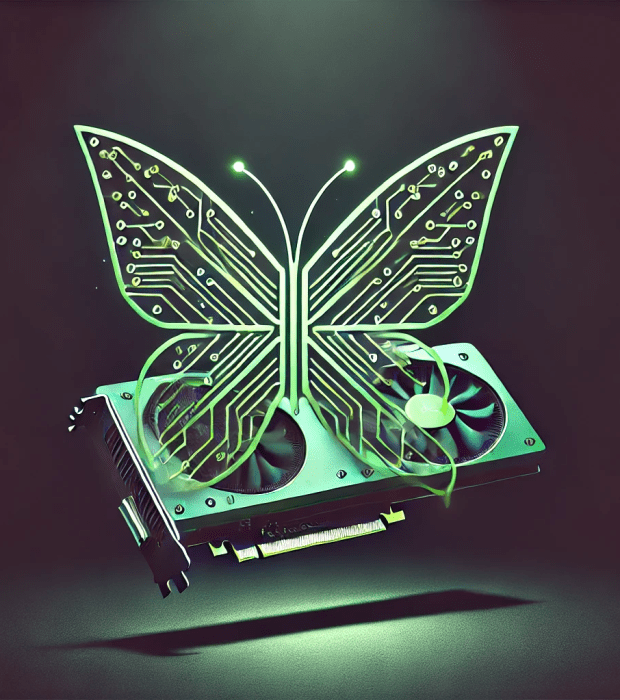
DeepSeek R1: Reshaping the AI Landscape and What It Means for Nvidia's Dominance
The artificial intelligence industry witnessed a significant development with the release of DeepSeek R1, potentially marking a turning point in how AI models are developed and deployed. This breakthrough has already sent ripples through the market, with Nvidia's stock dropping 3.6% as investors grapple with the implications of this new technology.
The Game-Changing Innovation
DeepSeek R1 represents more than just another AI model – it's a fundamental shift in how we approach AI development. Backed by Chinese quant fund High-Flyer, the team behind R1 has achieved something remarkable: creating a GPT-4 level model that's both open-source and runs at a fraction of the cost of existing solutions.
What makes R1 particularly noteworthy is its innovative approach to training. Rather than relying solely on cutting-edge hardware, DeepSeek optimized their training process for efficiency, transforming what could have been a limitation into a strategic advantage. The result is a model that not only matches but sometimes surpasses ChatGPT's capabilities in specialized areas like mathematics and coding, while operating at approximately 1/30th of the cost.
Implications for Nvidia's Market Position
Nvidia has long been considered the backbone of the AI industry, with its success built on a two-tiered demand structure:
- Direct GPU purchases from startups developing their own models
- Indirect demand through major AI companies like OpenAI, Anthropic, and Grok, who are the largest GPU consumers
However, R1's efficiency-focused approach could disrupt this established pattern. If startups begin adopting similar efficiency-oriented strategies, we might see a reduced demand for high-end GPUs, particularly affecting Nvidia's most profitable product lines.
The Ripple Effect
The implications extend far beyond immediate market reactions.
Cost Structure Transformation
- GPU Pricing Pressure: The efficiency gains demonstrated by R1 could force a reevaluation of current GPU pricing models
- Lowered Entry Barriers: More efficient training methods could democratize AI development
- Strategic Shifts: Companies may prioritize optimization over raw computing power
Industry Innovation
- Competitive Landscape: Accelerated competition in the AI space as barriers to entry decrease
- Development Approaches: New emphasis on efficiency over hardware capabilities
- Business Models: Potential restructuring of how AI products are developed and monetized
The U.S. Response
The emergence of R1 has created a complex situation for U.S.-based AI leaders. OpenAI's reported delay of their next major release (o3) might need reconsideration in light of this new competition. The pressure to innovate faster while maintaining stability presents a delicate balance for American companies.
Adding to this complexity is the political dimension, with AI becoming increasingly central to political discussions. This could lead to accelerated development timelines and potential policy changes as the U.S. seeks to maintain its competitive edge in AI development.
Looking Ahead
DeepSeek R1 represents more than just technological advancement – it's a harbinger of change in the AI industry. While the market's initial reaction might seem dramatic, the true impact of this innovation will unfold over time. Key factors to watch include:
- Strategic Decisions: How startups balance cost versus performance in their AI development
- Competitive Response: Actions taken by established players like OpenAI and Google
- Global Dynamics: Shifts in the international AI development landscape
- Policy Evolution: Government responses and regulatory changes
The emergence of DeepSeek R1 marks a critical moment in AI development, challenging established norms and potentially reshaping the industry's future. While the immediate market reaction focuses on Nvidia's stock price, the long-term implications for AI development, market competition, and global technological leadership are far more significant.
As the industry adapts to these changes, we're likely to see increased innovation, evolving business models, and potentially a more democratized AI development landscape. The key question isn't just how individual companies will adapt, but how these changes will reshape the entire AI ecosystem in the years to come.
This analysis is based on current market observations and industry trends. As the situation develops, new factors may emerge that could influence these projections.


